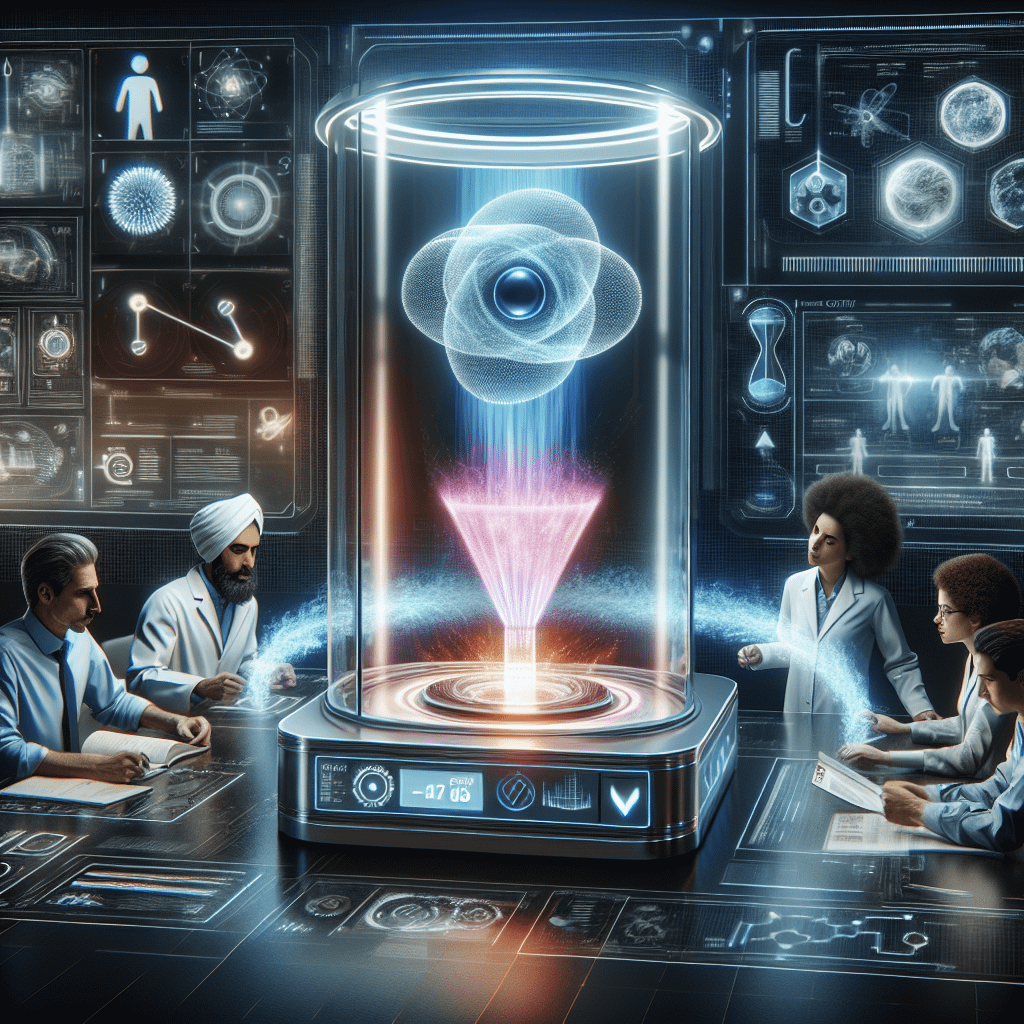Scientists at Rice University are working to turn waste heat from industrial processes into electricity.They’ve developed a cutting-edge device that turns heat into electricity with an impressive 60% efficiency, a breakthrough that could redefine how we store and use renewable energy. According to Interesting Engineering, this innovation marks a significant leap toward a cleaner and more sustainable energy landscape.Study co-author Ciril Samuel Prasad described the device, explaining that it “maximizes energy conversion,” making it one of the most efficient clean energy solutions developed to date.Here’s how it works: The researchers combined tiny silicon structures with a base made of tungsten (a very strong and heat-resistant metal) to create a thermal emitter. When heated, it emits light, which is then converted into electricity by solar-like photovoltaic panels.These silicon “nanocylinders” are designed to interact, or “talk,” to each other, releasing the most efficient light. This process minimizes energy loss and majorly boosts energy performance.Why is this such a big deal? Batteries, while essential to powering everything from smartphones to energy grids, come with some baggage. Mining for battery materials has a serious impact on ecosystems, according to the Environmental Protection Agency, and trashed batteries leave behind toxic waste. Plus, their short lifespans mean constant replacements, which means more environmental harm.Watch now: Expert unpacks key issue with sustainable product packaging, marketing”We essentially showed how to achieve the best possible performance for the emitter given realistic, practical design constraints,” Prasad said.This new thermal emitter addresses these issues by offering a more efficient alternative. Using low-cost, durable materials, it can stabilize renewable energy grids by storing surplus energy during periods of low demand and releasing it during peak usage.For example, the device could make renewable energy grids more reliable by holding extra power from solar panels or wind turbines during the day and delivering it when it’s needed in the evening, when energy use spikes as people return home.The International Renewable Energy Agency says breakthroughs like this, along with others such as solar panels that work at night or China’s flywheel energy storage project, are key to cutting back on dirty energy use and creating stronger and more reliable power systems.”Further international cooperation is vital to deliver fit-for-purpose grids, sufficient energy storage and faster electrification, which are integral to move clean energy transitions quickly and securely,” Executive Director of the International Energy Agency Fatih Birol said in an IEA report.This new way of storing energy could deliver cleaner, more affordable energy to cities, businesses, and homes. Researchers at Rice University believe it could be widely available in five to 10 years, making renewable energy more practical and accessib

